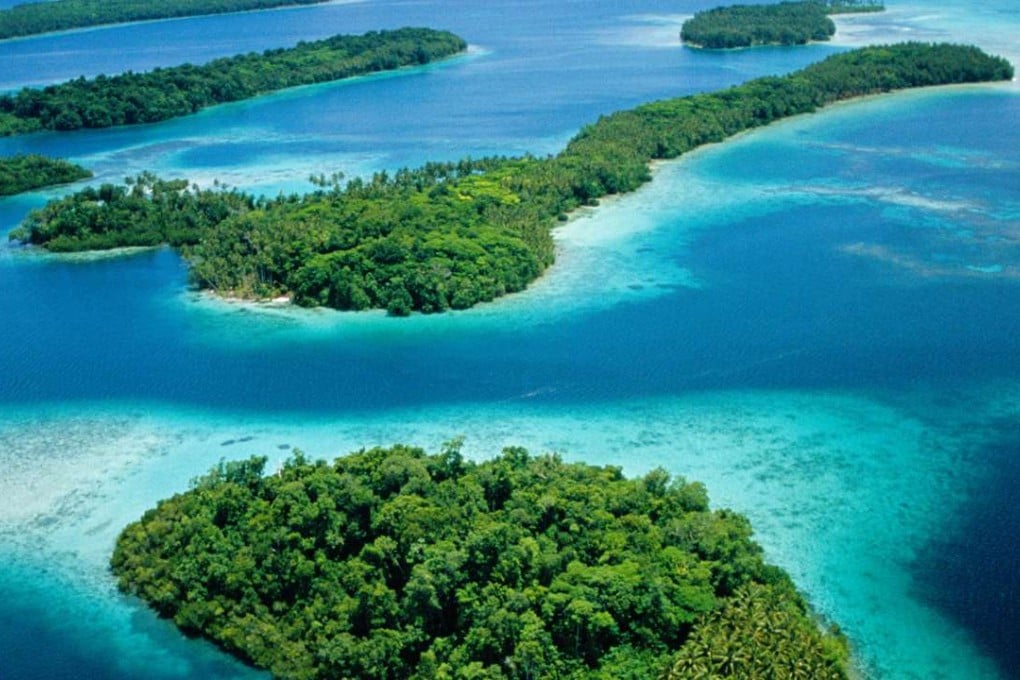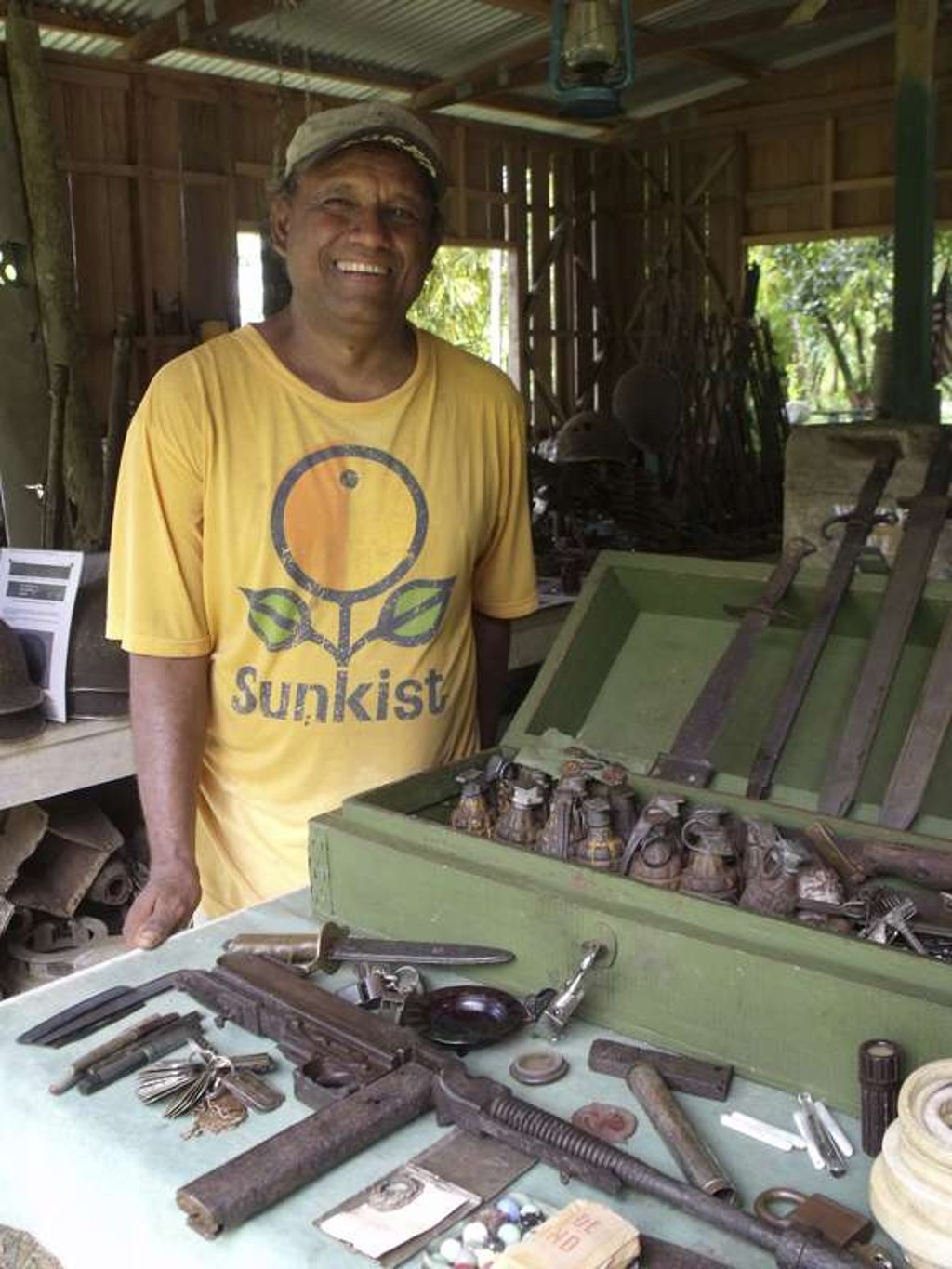Solomon Islands’ bloody history makes Pacific archipelago a must-see for war buffs
Once home to headhunting cannibals, the Solomon Islands’ more recent – but still bloody – history makes them a paradise for divers and people interested in the war in the Pacific

The small brass medallion is worn at the edges and scuffed from being buried for more than half a century, but the raised lettering is legible: “1932 Marbles Champion. The Columbus Citizen. District Champion.”
Alphy Paulsen turns the medallion over in his fingers and buffs it with a thumb. Its owner is unknown but his remains most probably lie on what the United States Marines knew as Bloody Hill.
Today the jungle has reclaimed the battlefield at the western end of New Georgia, in Western Province of the Solomon Islands. Bloody Hill is inland of the beaches along which US forces came ashore on July 2, 1943, in one of the earliest Pacific amphibious landings of the second world war.
Within a couple of days, the Japanese had reorganised their defences to protect the town of Munda and its critically important airfield, and the fighting on and around Bloody Hill was precisely that.

“I go out a couple of times a week and I used to have to rely on a metal rod that I would push down into the soil at different spots until I hit something solid,” he says. His search for the detritus of war has been made far simpler since he was given a metal detector.